However, linking verbs don't express action. Instead of acting, they describe and connect. Specifically, this type of verb describes a state of being. Moreover, it connects the subject of a sentence with the subject complements. Subject complements are predicate nouns or predicate adjectives.
"To be," "to become," and "to seem" are always linking verbs. Words that can function as a linking or an action verb include smell, appear, look, and sound. The being/linking words in the sentences above are included in the being verbs list below.
You can use words in the linking verbs list to connect the subject with other words in a sentence. Except for the linking verb list, the other categories break down into different types. The next list of verbs can be physical or mental. The list of helping verbs can be auxiliary or modal. The list of irregular verbs shows verbs in different tenses.
The words in the linking verbs list are words that connect the subject of a sentence to specific information about the subject. In other words, linking verbs connect the subject to a predicate noun or a predicate adjective. These words could also be included on a list of action verbs describing physical motion.
When you don't use these words in the literal sense, they become mental action words. In other words, these words could be found on both a physical and mental action verbs list. To know more about linking verbs, we need to talk about action verbs. These verbs express some physical or mental action that a person, animal, object or even nature can do.
Action verbs are words like drink dance, eat and swim. Action verbs are different from linking verbs, which we can think of as "states of being" verbs. Alas, English has many ambiguities, and some linking verbs can also function as action verbs. These include all the sense verbs, such as look, touch, smell, appear, feel, sound, and taste. There are also some outliers, such as turn, grow, remain, and prove. Used as linking verbs, these verbs can give added information about the sentence's subject.
Linking verbs, also called copulas or copula verbs, connect the subject of a sentence with an adjective, noun, or descriptive phrase. To distinguish a copula verb remember that they do not indicate action in a sentence. Rather they describe a state of being, a result, or one of the five senses. In other words, linking verbs do not have an object. Linking verbs don't function in the same way as typical verbs in showing action, so it can sometimes be tricky to recognize them. Since some linking verbs can function as either action verbs or linking verbs, how do you make the distinction?
A quick and easy test is to replace the verb in the sentence that you suspect is a linking verb with a true linking verb. If the sentence still makes sense, it is a linking verb. If it isn't logical with the substitution, it's an action verb. Both modals and auxiliaries can be found on a list of helping verbs. Modals are usually followed by the infinitive of another verb. Just like the list of linking verbs, the list of modals within the list of helping verbs is also small and therefore easy to remember.
A verbs list with modal verbs is given below. It would be difficult to have a conversation about yourself without using any of the words on this linking verbs list. Feel free to print and save this linking verb list for reference.
You could also look for another linking verb list and examples to study. Linking verbs never refer to actions, which means they are never action verbs. All linking verbs are also stative verbs, however not all stative verbs are linking verbs.
The next verbs list you'll look at is the list of action verbs that are irregular, thus they are part of the irregular verbs list. Well, verbs that do not follow the normal rules for conjugation fall into the irregular verbs list. All of the words on this short action verb list describe physical actions.
The verb list below is a much longer list of action verbs that are useful to know. According to traditional English grammar guides, a linking verb describes the subject by connecting it with the rest of a sentence. What's more, they can be a single word or a group of words. Unlike other verbs, this type of verb does not convey action.
Instead, they describe or identify a subject. Think of them as the glue that holds a sentence together. These are considered "true" linking verbs. They do not describe the action, but always connect the subject to additional information. The most common true linking verbs are forms of "to be," "to become" and "to seem." Now's the time to practice what you have learned so far.
See if you can identify which words in the following sentences are thesubject, thelinking verb, and what thesubject complementis. Check the end of the article for the answers. If you want to learn how to create complex sentences, then it's important to study a helping verbs list. Hopefully you already recognized a few of the words on this action verbs list. If you think you'll need it, feel free to print this action verbs list for future reference.
Adding linking verbs to your writing is important for a sentence to make sense. Could you imagine sentences without them? To learn more about this type of verb and its usage, read all about linking verbs. Get the basics of what they are and how to identify them.
Get a list of common linking verbs just download the PDF. You must be careful when using adverbs with linking verbs. Linking verbs do not refer to actions, so using an adverb may change the meaning of your sentence. For example, the sentences The boy looked weak to me and The boy looked weakly to me have two different meanings.
The subject complement can take a variety of different forms. Let's look at some sentences that use linking verbs to show what subject complements can look like. In grammar we understand that the object is whatever is receiving the action of the subject. Since linking verbs do not suggest action, there is no receiver. Instead, what follows a linking verb is known as thesubject complement.
The next verbs list is a list of linking verbs. Even if you don't know what they are yet, these words are very important! Pay close attention to the list of linking verbs below. You never know when a list of linking verbs might come in handy. They could help you understand how to format your next writing assignment. Or, if you're ready, let's move on to the next list of action verbs.
In an action verbs list, each verb can be used to state a subject's action in a sentence. In fact, we could replace the verbs smell, gets and stays with the verb "is" and the meaning would remain the same. There are 23 total linking verbs in the English language.
This total is made up of about eight verbs that are always linking. Examples include become, seem, and any form of the verb to be like am, is, are, was, were, and has been. Additionally, this total includes about 15 more verbs that can also be action or helping verbs. It's so important for students to start mastering proper verb usage early in their language arts education.
Help students learn how to distinguish this verb type by incorporating these examples of linking verbs into your lesson plans. The following sentences all use linking verbs. In order to tell if a verb is being used as a linking verb, look if the sentence has a subject complement. Remember, linking verbs are used to link information so there must be a subject complement that is describing or identifying a subject. Linking verbs do not refer to physical or mental actions, which means they are not action verbs. Linking verbs are verbs that serve as a connection between a subject and further information about that subject.
They do not show any action; rather, they "link" the subject with the rest of the sentence. The verb to be is the most common linking verb, but there are many others, including all the sense verbs. Practice with finding out whether the verb is a linking verb first, then find the subject complement. If you can do this, you'll feel more confident in reading and writing in one of the hardest languages to learn. This is an easy way to identify what you should be looking for after the verb.
Some of these verbs can be used as action verbs. "Ice" is the subject here, "feels" becomes our copula verb, and the phrase "cold to the touch" would be our subject complement. Working with linking verbs really is that painless.
Learn the definition and useful list of linking verbs in English with example sentences and ESL printable worksheets. Now that you're well-versed with action words, and the linking verb list, let's move on to helping words. There are two types of action words you'll find in this list of action verbs. We will be adding a downloadable .PDF with a full list of linking and helping verbs plus many more examples. We will let you know once it is available.
Thank you again for your warm comment and for reading. Linking verbs can function as intransitive verbs, which do not take direct objects. Linking verbs do not take direct objects. The presence of a direct object in a sentence/clause will alert you that the verb used with it is not a linking verb. These sentences show that a linking verb can connect the subject with a number of sentence elements.
All of them give us more information about what these subjects are, have become, or seem to be. The words in the list of irregular verbs below are shown with their past simple and past participle versions. You could say, that it is also an irregular past tense verbs list. Modals indicate possibility, ability or expectation.
Both auxiliaries and modals add more meaning to the main action or the being word. They can also describe the period of a physical or mental action taking place. They can also add emphasis to your sentences and indicate an event happening.
There is a lot to know about linking verbs, so let's see if you have them figured out. Take a look at each of the following sentences and see if you can determine if each bolded word is a linking verb. If it's followed by a predicateadjective or predicate noun, then it's a linking verb. But if it's next to an "-ing" verb, then it's a helping verb.
What Are The Linking Verbs List The example above describes the subject, Daria. What's more, the word smells connects Daria to the rest of the sentence. The linking category of verbs describes the subject and connects it to the rest of the sentence. In the examples above, you can replace each verb in question with "is" or "are." The sentences still make sense.
Therefore, it's confirmed that the each verb we replaced is linking. Because linking verbs are stative verbs, we are less likely to use them in continuous verb tenses. For example, you are more likely to hear the sentence The game looks like a lot of fun than The game is looking like a lot of fun. A linking verb is also known as a copula, directly from a Latin word referring to a "tie, bond," hence linking.




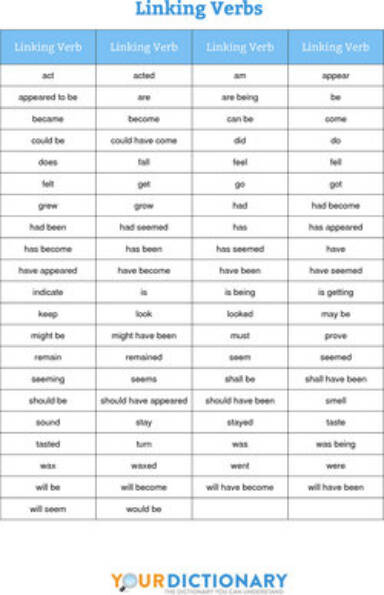


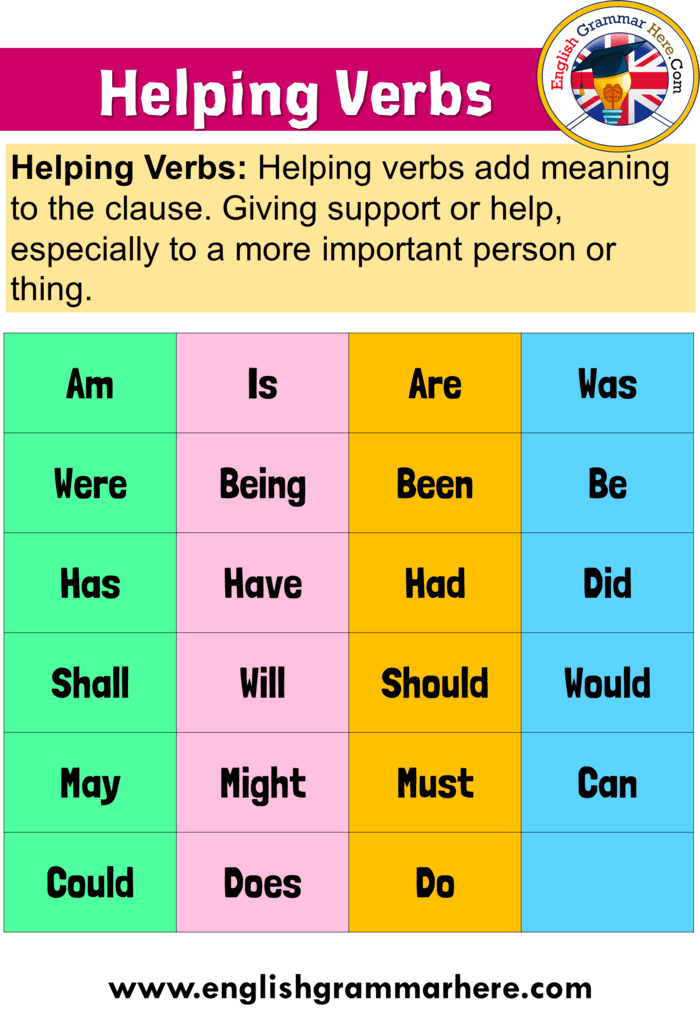

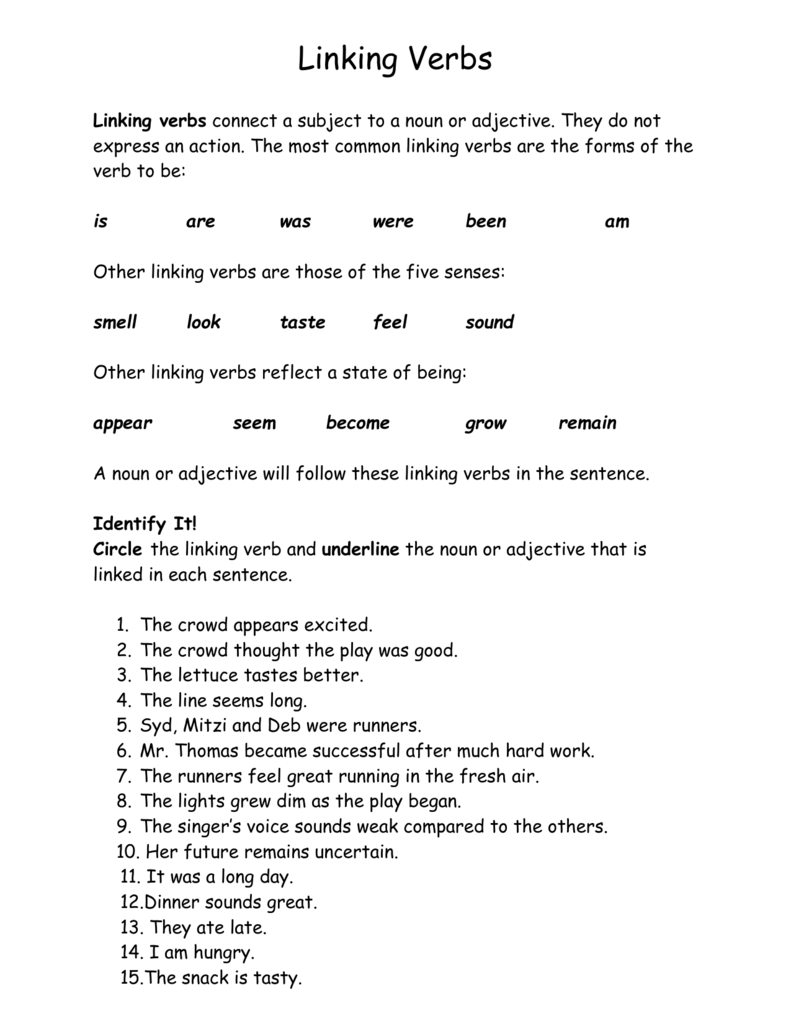








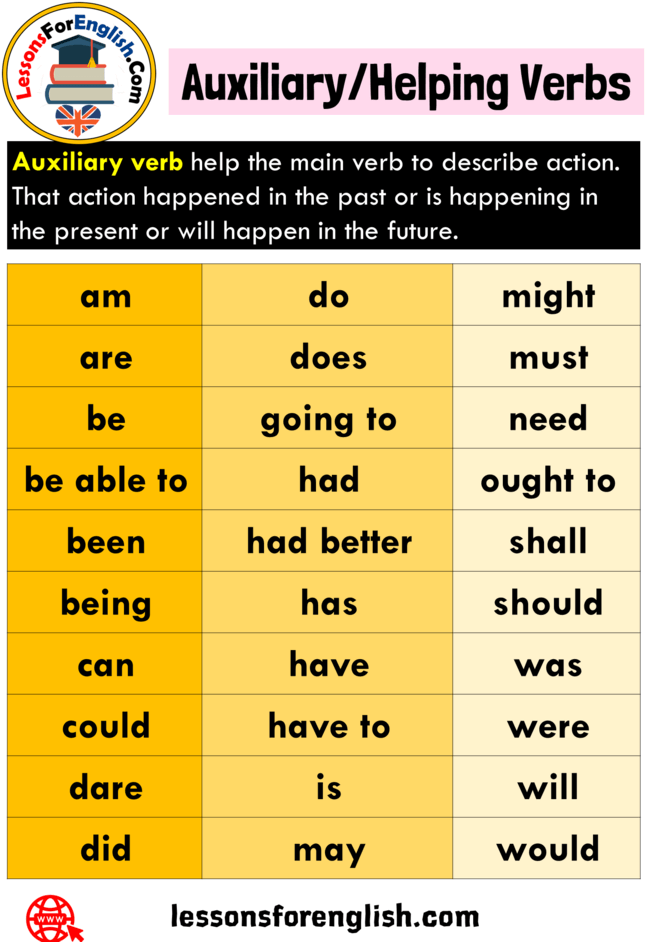



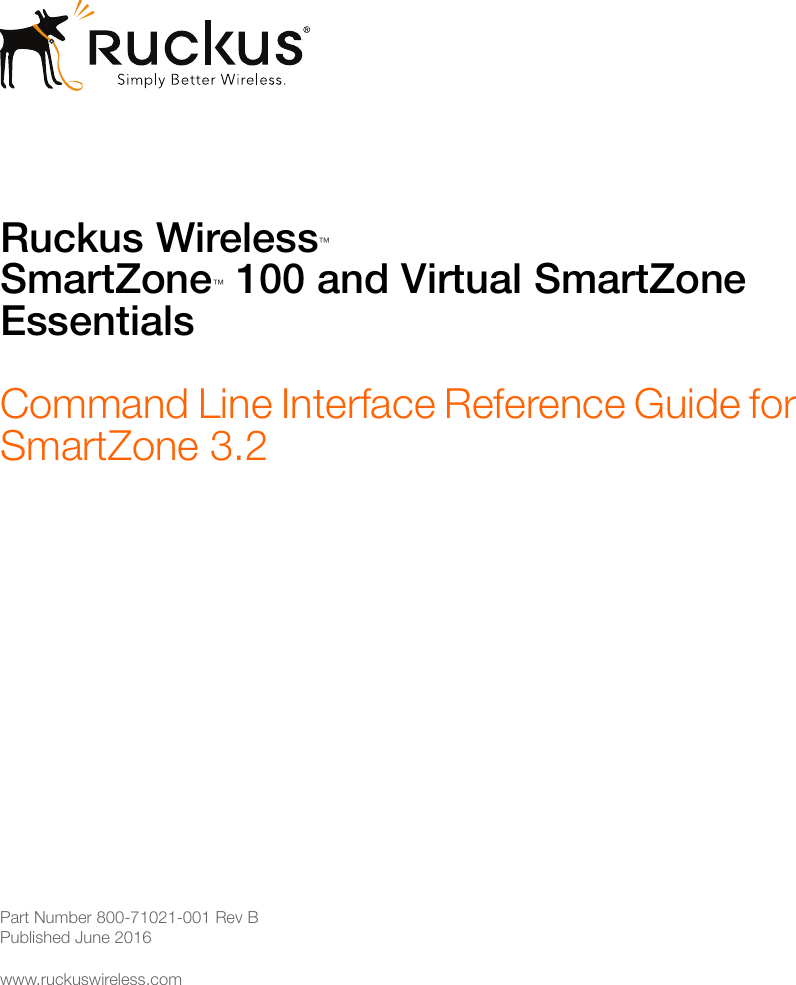
No comments:
Post a Comment
Note: Only a member of this blog may post a comment.